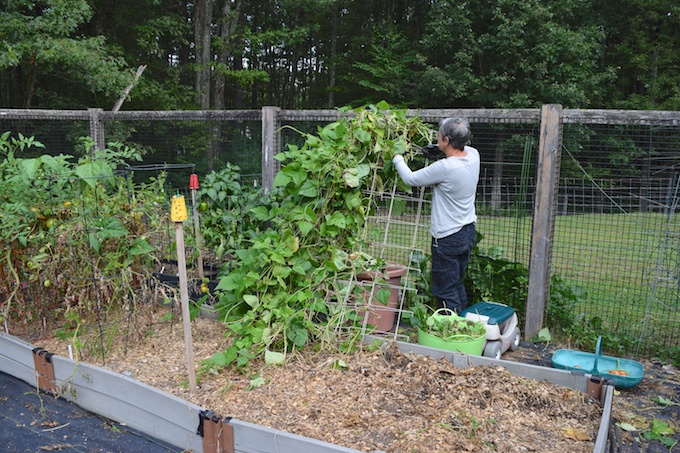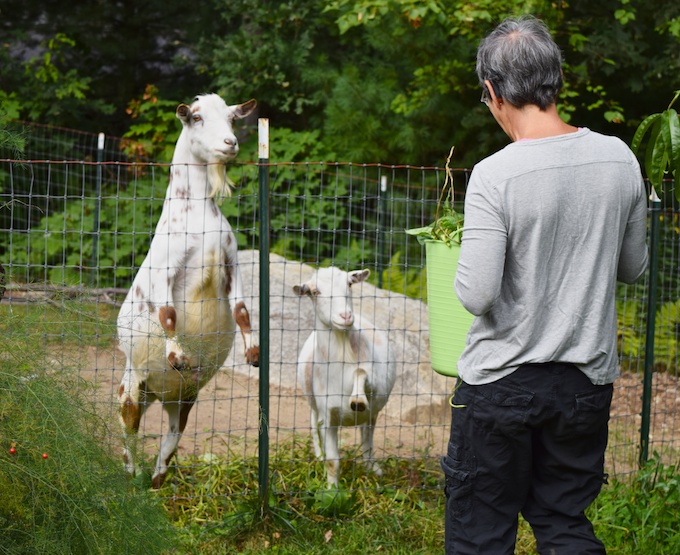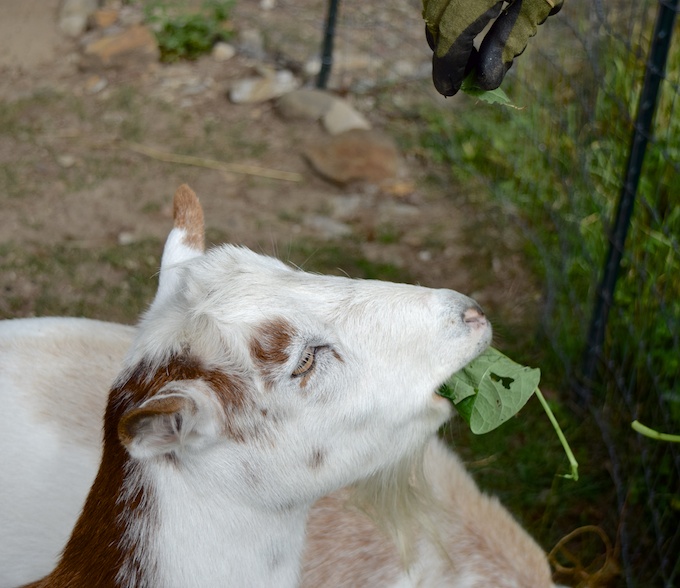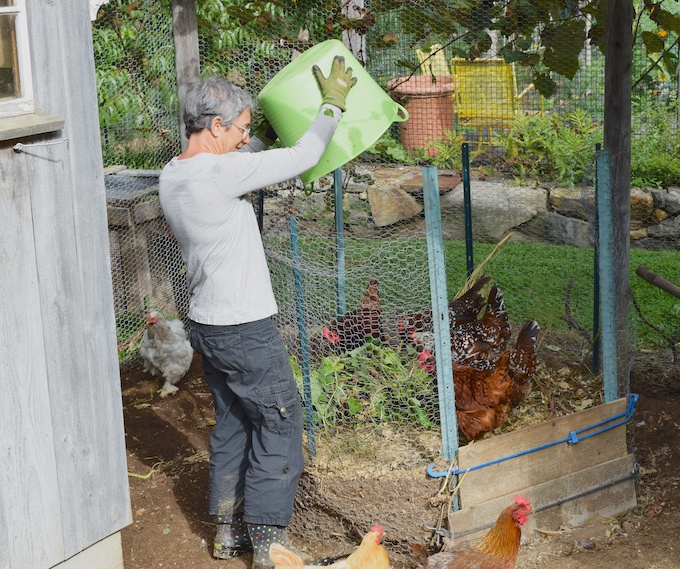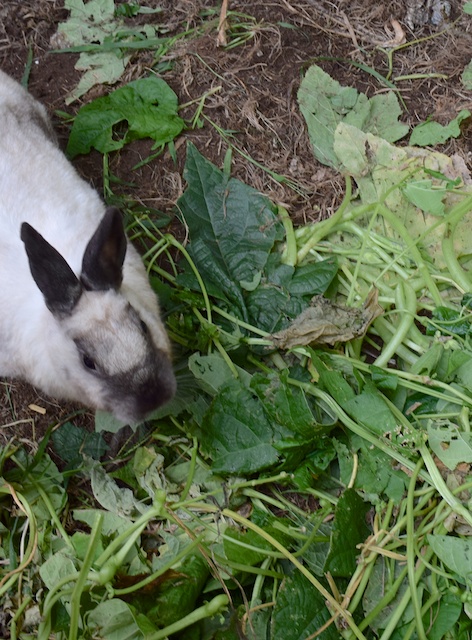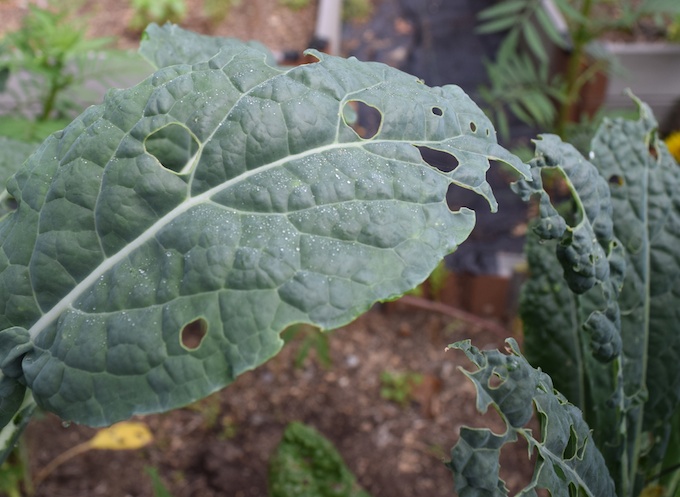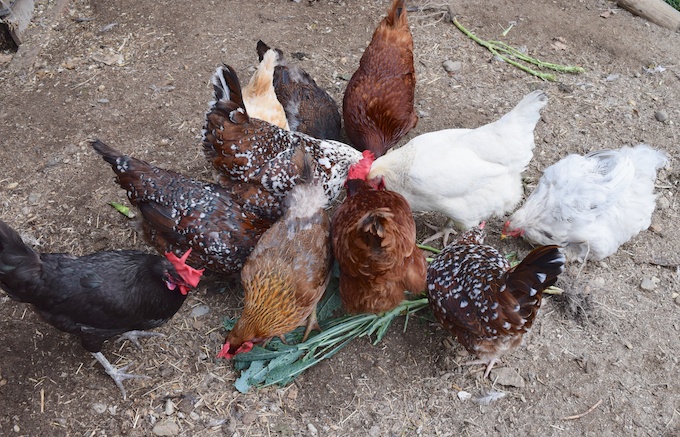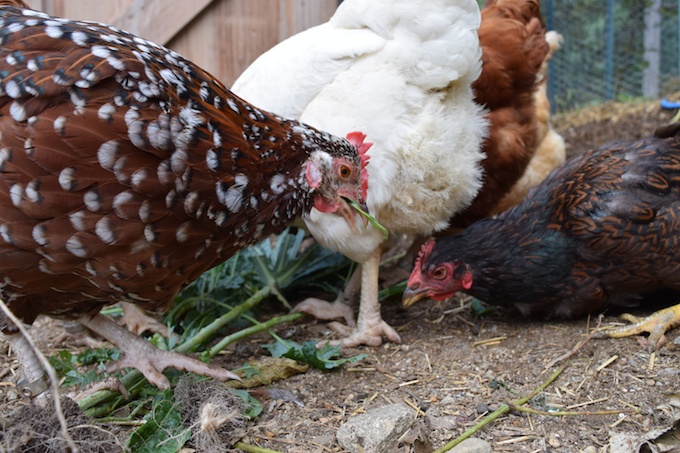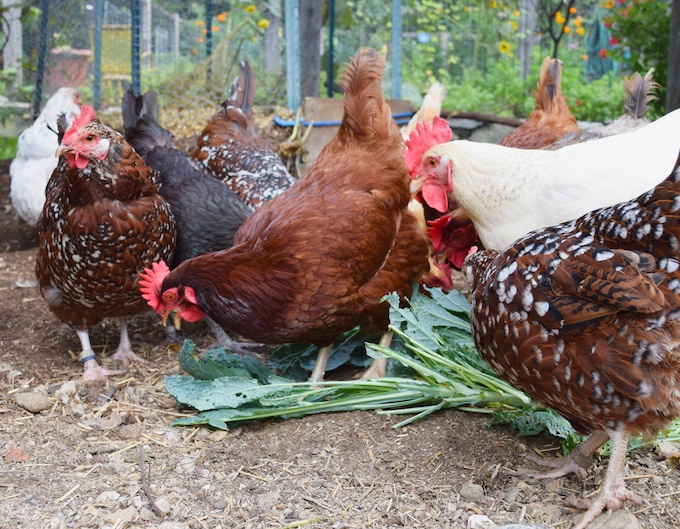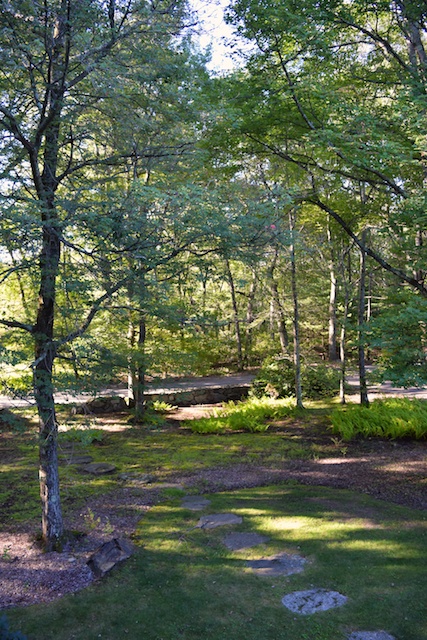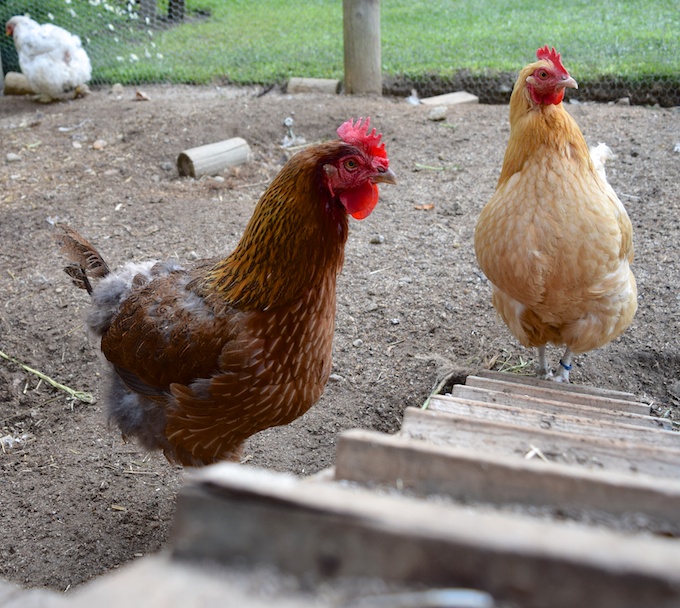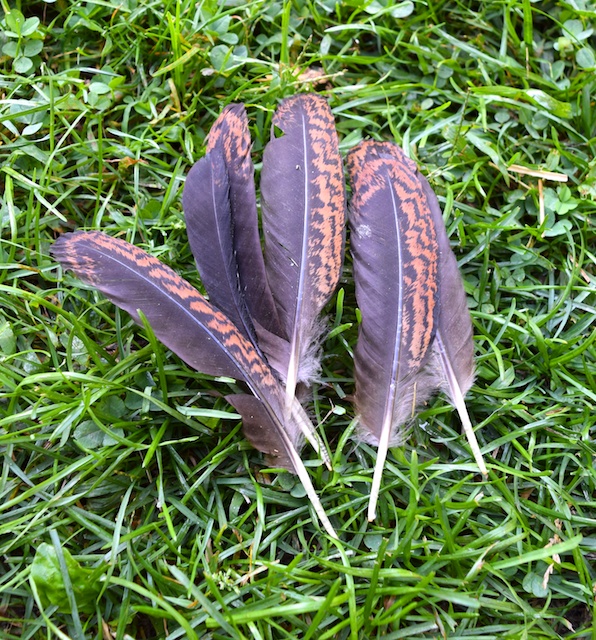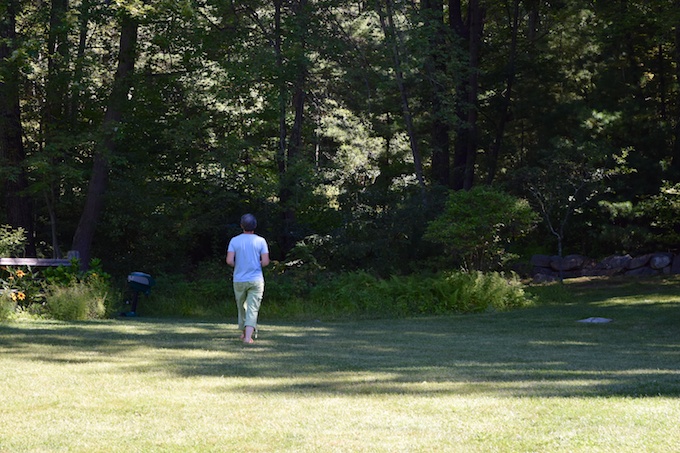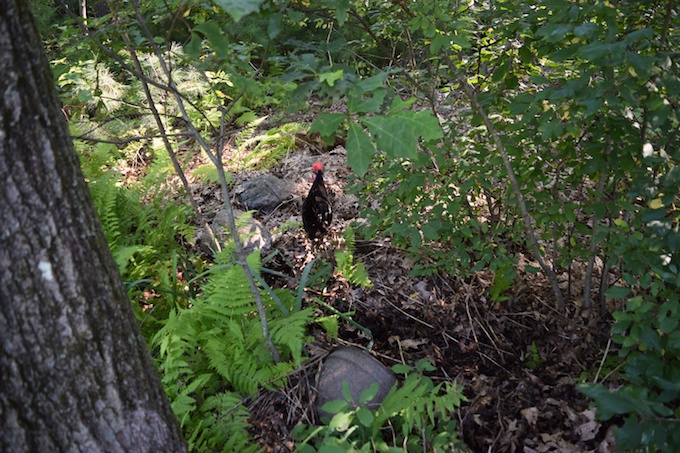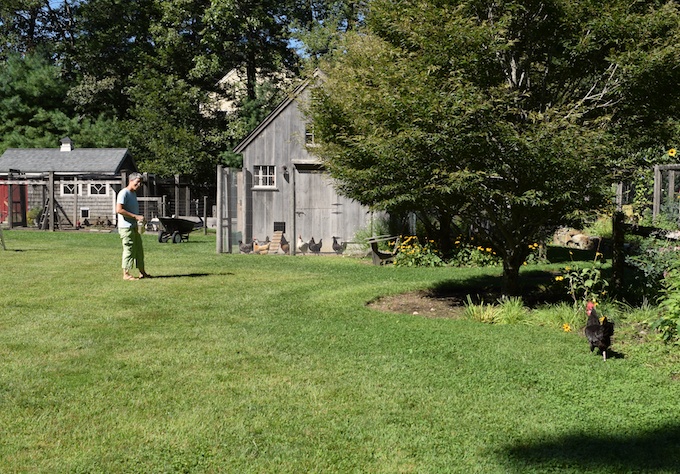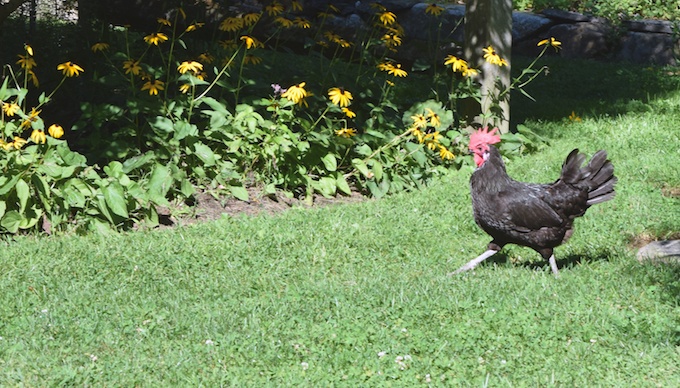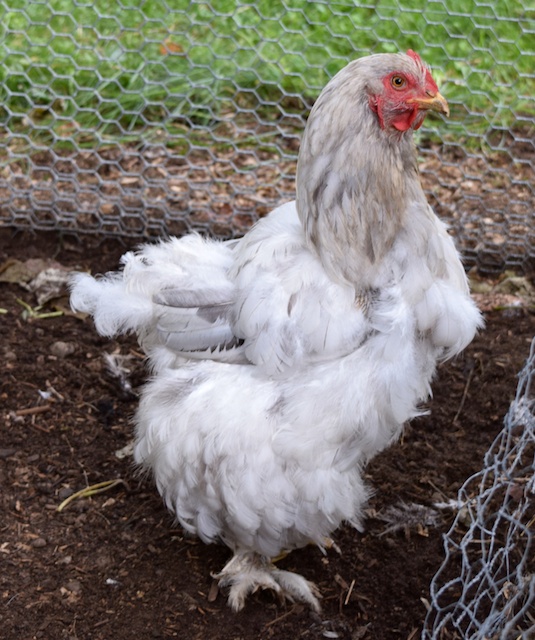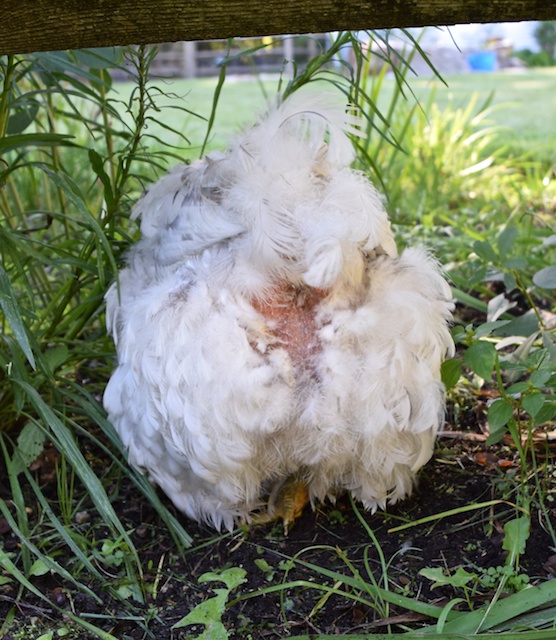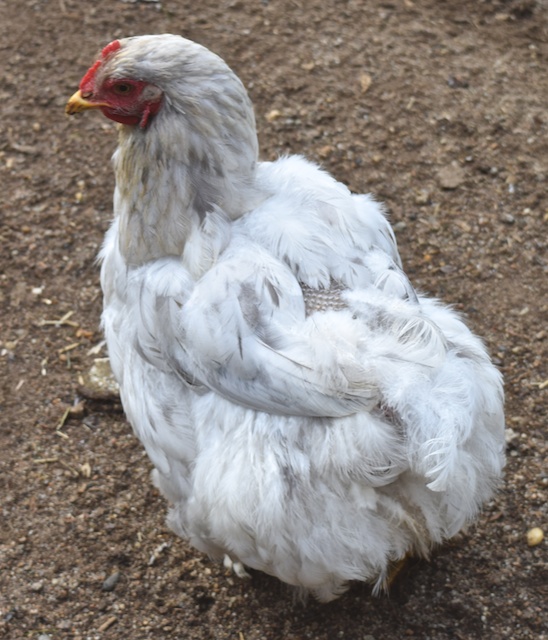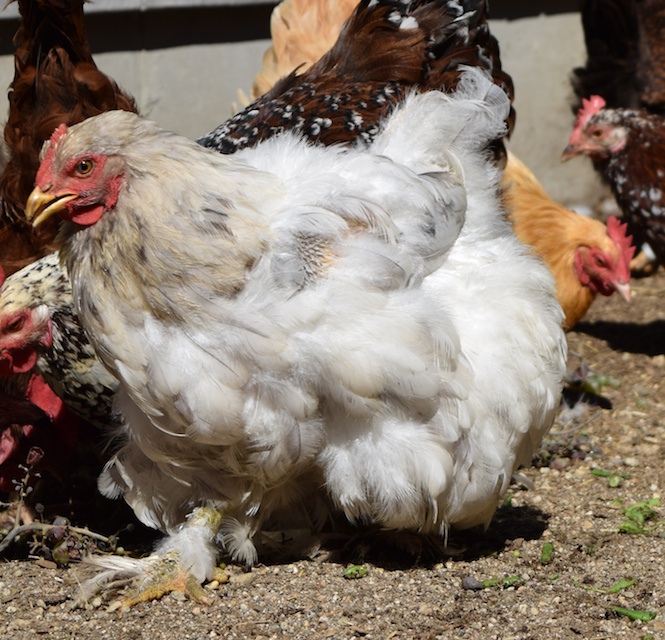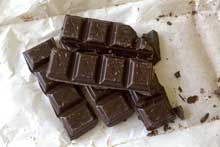Are you a gardener that ekes the last bean out of your vegetable patch before tidying up for winter? Do you put row covers down and nurture spinach through the winter?
Not me!
As much as I enjoy growing things (and then eating them) and being in the garden, I’m looking forward to the end of the season. I’m tired of kale and watering and picking worms off of cabbage. This was a strange year for my garden. It was beautiful but not productive. Now in mid-September, there are a few green beans left on the vines, but mostly it’s leaves. Tomatoes looked good all summer; even now there’s no blossom rot or fungus, but tomatoes were never abundant, and I expect to harvest only a final bowlful before the plants are bare.
In a perverse way, this is my favorite time to garden. I like to rip it all up.
It’s my animals’ favorite part of the gardening season, too.
The goats don’t get any grain. Those bellies? They’re helping me to compost the garden waste.
Some see the end of the summer season with sadness. But, my gardening companions greet it with glee,
and gusto.
The chickens get their share. They find bugs on the plants, they eat the leaves, and they shred the stems. This all stays tidily in their own compost pile, which will be a soft and interesting place to scratch even as the temperature drops and the ground freezes.
Sweet Phoebe fills up on the end-of-summer bounty. I leave a few green beans in her pile because she loves to munch them.
I still have lettuce, bell peppers (although they never did turn sweet and red), Brussel sprouts and carrots in the ground. Once those are gone, I’ll let the hens into the vegetable garden to turn over the raised beds and dig up grubs. That might be sooner rather than later. It was 37 degrees this morning (for those of you who go by Celsius, it’s 3°.) I’ve a hunch that the first frost will come early this year.
Some of you don’t have this obvious ending (and relief that the work is over) to your gardening cycle. Do you take a break anyway, or are you planting your winter crops?
